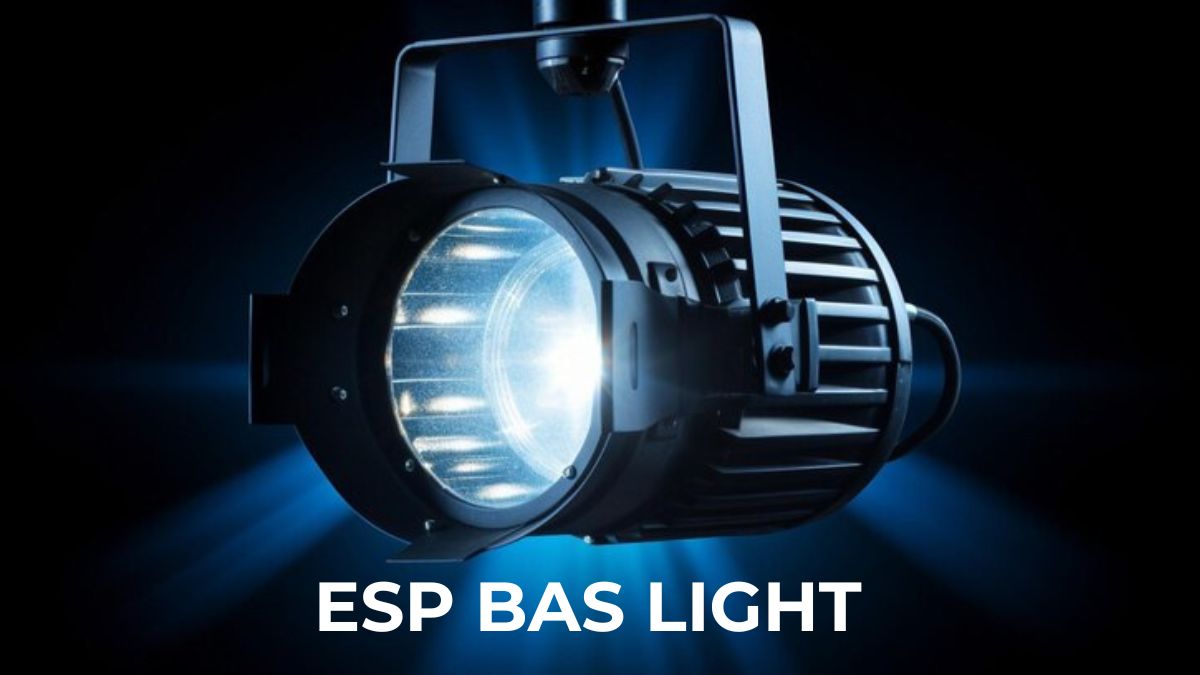Picture this: you’re cruising down the road, enjoying the drive in your trusty vehicle when suddenly, a mysterious light appears on your dashboard. What does it mean? Why is it there? If you’ve ever been puzzled by the ESP BAS light in your car and want to uncover its secrets, then buckle up because we’re about to dive into the basics of this enigmatic warning signal. Let’s unravel the mystery behind the ESP BAS light together!
What does ESP BAS Light mean?
Have you ever been driving and noticed a mysterious light on your dashboard that says ESP BAS? It might leave you scratching your head, wondering what it means. Well, fear not – we’re here to shed some light on this topic!
ESP stands for Electronic Stability Program, while BAS stands for Brake Assist System. When the ESP BAS light illuminates on your dashboard, it typically indicates an issue with these safety systems in your vehicle.
The Electronic Stability Program helps to keep your car stable and prevent skidding during sudden maneuvers or slippery road conditions. On the other hand, the Brake Assist System provides additional braking power in emergency situations to reduce stopping distances.
When the ESP BAS light comes on, it could be due to various reasons such as a faulty sensor, low brake fluid levels, or issues with the ABS system. It’s essential not to ignore this warning light and address any underlying problems promptly to ensure optimal safety while driving.
Common Causes of ESP BAS Light Turning On
Have you ever been driving and suddenly noticed the ESP BAS light illuminate on your dashboard? It can be a bit alarming, but understanding the common causes behind this warning light can help you address the issue promptly.
One of the frequent reasons for the ESP BAS light turning on is a faulty wheel speed sensor. These sensors monitor each wheel’s rotational speed, allowing the electronic stability program to intervene when necessary. If one of these sensors malfunctions, it can trigger the warning light.
Another possible cause could be an issue with the steering angle sensor. This component detects how far you turn your steering wheel and communicates this information to your vehicle’s computer system. A malfunctioning steering angle sensor may lead to incorrect readings and activate the ESP BAS light.
Additionally, low brake fluid levels or worn brake pads can also trigger this warning indicator. Insufficient brake fluid or worn-out pads can impact your vehicle’s braking performance, prompting the ESP system to alert you through the dashboard light.
By addressing these common causes promptly, you can ensure that your vehicle’s safety systems are functioning correctly and maintain optimal driving conditions.
How to Troubleshoot and Fix ESP BAS Light Issues
When the ESP BAS light illuminates on your vehicle’s dashboard, it can be a cause for concern. However, knowing how to troubleshoot and fix issues related to this warning light can help keep you safe on the road.
One common reason for the ESP BAS light coming on is a faulty wheel speed sensor. This sensor helps monitor wheel speeds and communicates with the vehicle’s computer system to assist in stability control.
If you notice the ESP BAS light turning on, start by checking all four wheel speed sensors for any visible damage or debris that may be affecting their functionality. Cleaning or replacing these sensors could potentially resolve the issue.
Another possible culprit for the ESP BAS light activation is a problem with the ABS module or hydraulic unit. In such cases, professional diagnosis and repair may be necessary to ensure proper functioning of your vehicle’s electronic stability program (ESP) and brake assist system (BAS).
Regular maintenance checks and prompt attention to warning lights like ESP BAS are key in ensuring optimal performance and safety while driving.
Importance of Addressing ESP BAS Light Warnings
Addressing ESP BAS Light warnings in your vehicle is crucial for ensuring your safety on the road. Ignoring these warnings can lead to potential issues with your Electronic Stability Program (ESP) and Brake Assist System (BAS), compromising the overall stability and braking performance of your car.
When the ESP BAS Light’s turns on, it indicates that there may be a problem with these essential systems, which are designed to help you maintain control during sudden maneuvers or emergency braking situations. By addressing the warning promptly, you can prevent accidents and protect yourself, your passengers, and other road users from harm.
Regularly checking and maintaining your vehicle’s ESP system can help detect any underlying issues early on before they escalate into more significant problems. This proactive approach not only ensures your safety but also prolongs the lifespan of these critical safety features in your car.
Tips for Maintaining Your Vehicle’s ESP System
When it comes to maintaining your vehicle’s Electronic Stability Program (ESP) system, there are a few key tips to keep in mind. It’s important to regularly check the condition of your tires. Proper tire pressure and tread depth are essential for the ESP system to function effectively.
Additionally, make sure to have your vehicle’s wheel alignment checked periodically. Misaligned wheels can impact the performance of the ESP system and lead to unnecessary wear on components.
Another tip is to avoid overloading your vehicle beyond its recommended capacity. Excess weight can strain the ESP system and compromise its ability to assist in maintaining stability during sudden maneuvers.
Follow your manufacturer’s recommended maintenance schedule for servicing the ESP system. Regular inspections by a qualified mechanic can help identify any potential issues early on and ensure that your ESP system remains in optimal working condition.
Conclusion
Understanding the basics of the ESP BAS light in your vehicle is crucial for maintaining a safe driving experience. By knowing what this warning light means, common causes of it turning on, and how to troubleshoot and fix issues related to it, you can ensure that your vehicle’s electronic stability program and brake assist system are functioning properly. Remember to address any warnings promptly and follow tips for maintaining your vehicle’s ESP system to keep it in optimal condition. Safe travels!

 Uncategorized3 months ago
Uncategorized3 months ago
 Uncategorized7 months ago
Uncategorized7 months ago
 Uncategorized4 months ago
Uncategorized4 months ago
 Uncategorized4 months ago
Uncategorized4 months ago










